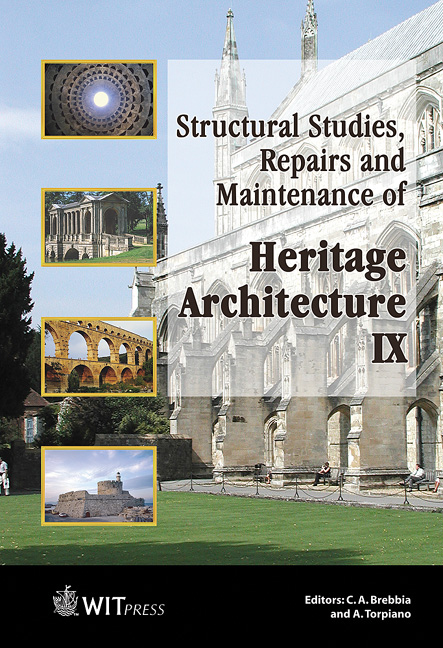Seismic Vulnerability Study Of Historical Buildings In Old Montreal: Overview And Perspectives
Price
Free (open access)
Transaction
Volume
83
Pages
10
Published
2005
Size
585 kb
Paper DOI
10.2495/STR050221
Copyright
WIT Press
Author(s)
M.-J. Nollet, O. Chaallal & K. Lefebvre
Abstract
This paper presents a review of the vulnerability evaluation methods available to study a group of buildings in the historic Old Montreal district based on their structural characterisation. The seismic vulnerability of structures is one of the key elements, along with the seismic hazard, site effect, value and exposure, to determine the seismic risk associated to a group of buildings. The city of Montreal, in Eastern Canada, has an effective seismic zone of 3 and 4, respectively, which is qualified as moderate to high seismicity on a scale of 0 to 6. Therefore, there is a need to develop tools to evaluate the seismic vulnerability of existing constructed facilities. Montreal historic buildings constitute an important and valuable segment of these facilities. A comprehensive inventory of Old Montreal buildings and their structural characteristics led to the identification of the dominant types of structure: unreinforced masonry bearing wall structures and moment-resisting frame structures with infill masonry walls. A review of the existing procedures for the evaluation of the seismic vulnerability of groups of buildings based on the European and North American experiences was carried out and procedures based on structural typology are considered as the most appropriate for this group of buildings along with the development of simplified models to obtain vulnerability functions. Keywords: seismic vulnerability, seismic risk, historical building, unreinforced masonry.
Keywords
seismic vulnerability, seismic risk, historical building, unreinforced masonry.




